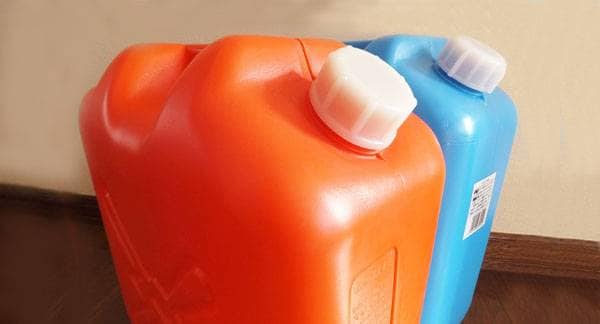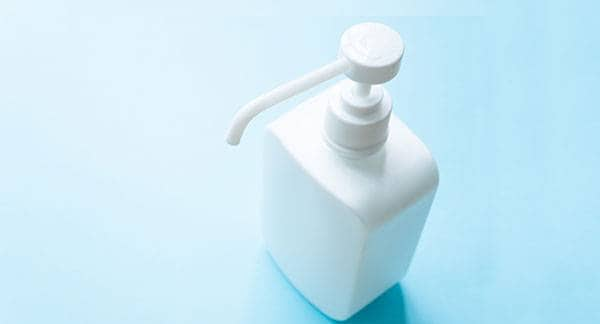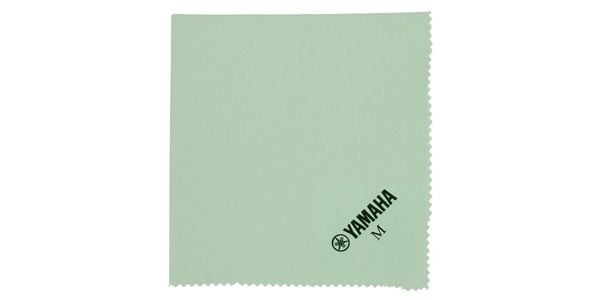Hello, I'm a brass band bassist, Cheena.
This time I'm going to talk about maintenance, not remodeling.
What kind work do you think of when you hear the words guitar maintenance?
Fret polishing, fingerboard moisturizing, adjustment of moving parts...
I think there are many things that will come to mind, but this time I'm going to write about the neck and fret work.
■ Yamaha Silver Cloth ¥680~
YAMAHA / Silver Cloth SVCM2
First one is this Yamaha cloth for "wind instruments". Originally used for lacquer finishes and silver-plated wind instruments, the cloth itself contains an abrasive that allows you to remove dirt and oil without removing the lacquer or plating.
This means that you can use it on the metal parts of your guitar or bass without any problems. I often polish the frets with this. The procedure is simple and there are no liquids, so you can simply apply the fret board guard to the frets instead of masking tape, and rub the frets with this cloth to polish. You can also polish the bridge etc., but it's not recommended to use it on some parts such as pegs where plastic parts are often used.
Also, it's a cloth for lacquer, but it means metal lacquer, and if you use it for the lacquer or satin-finished "instrument body", the finish will be removed or the satin finish will become glossy, so be careful. However, you can use this to create a simple relic finish by polishing away the finish.
■ Lighter fluid or kerosene approx. ¥500~

A dark color often remains after polishing unpainted metal such as frets. Wipe off such stains with oil. It's highly volatile, so don't forget to wipe it off immediately and ventilate. When disposing of the used cloth with oil, put it in a plastic bag, tie it tightly, and follow the instruction of your municipality.
■ Rubbing alcohol approx. ¥500~

Even if you wipe it well, some oil and odor will remain on the fingerboard and frets. It can be removed by leaving it in a well-ventilated place, but if you want to remove it immediately, remove it with alcohol diluted to about 50% with purified water. Wipe it with a cloth. You can also remove fingerprints and greasy stains in the same way.
However, alcohol also removes lemon oil, so don't forget to moisturize the fingerboard after wiping.
Also, alcohol is incompatible to some plastic parts (acrylic, polystyrene, etc.). Please just wipe these parts with purified water, as alcohol may cause cracks, melting of the surface, and discoloration. In addition, be aware that the oil finish area and the waxed fingerboard and body may react with alcohol and turn white.
This time, I wrote about some of the maintenance items that I often use that are not particularly well known. It's what I actually do, but each instrument has its own specifications and features, so don't forget to protect your instrument by testing in an inconspicuous area and using the above carefully.
Let's have a good musical instrument life!




























